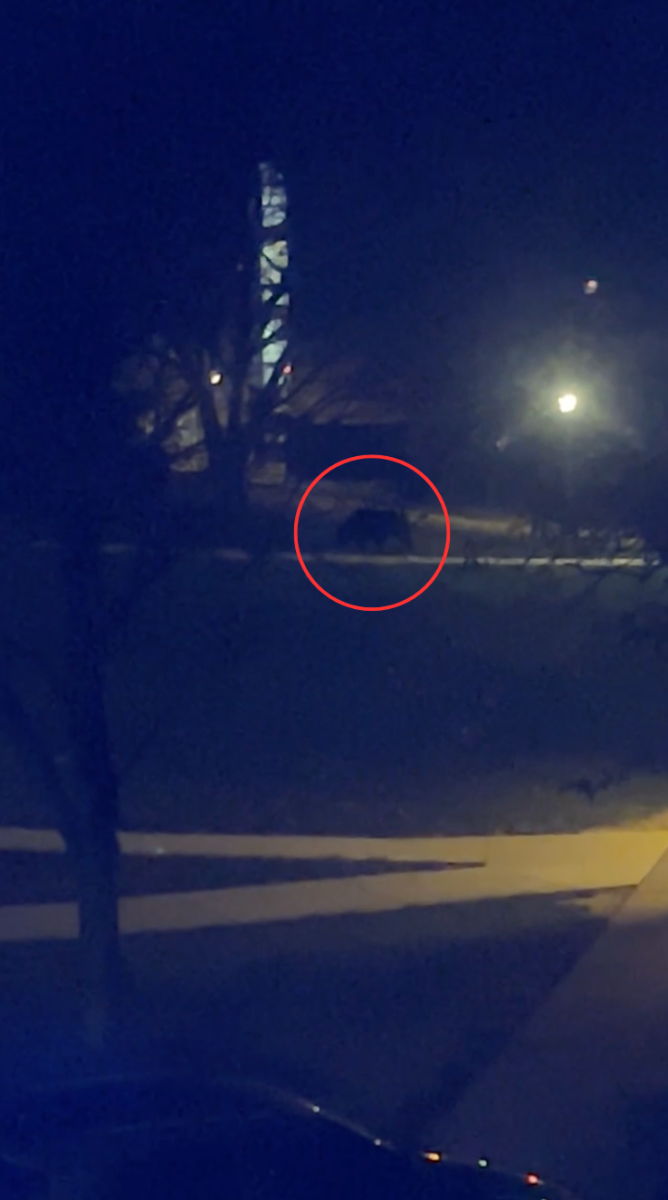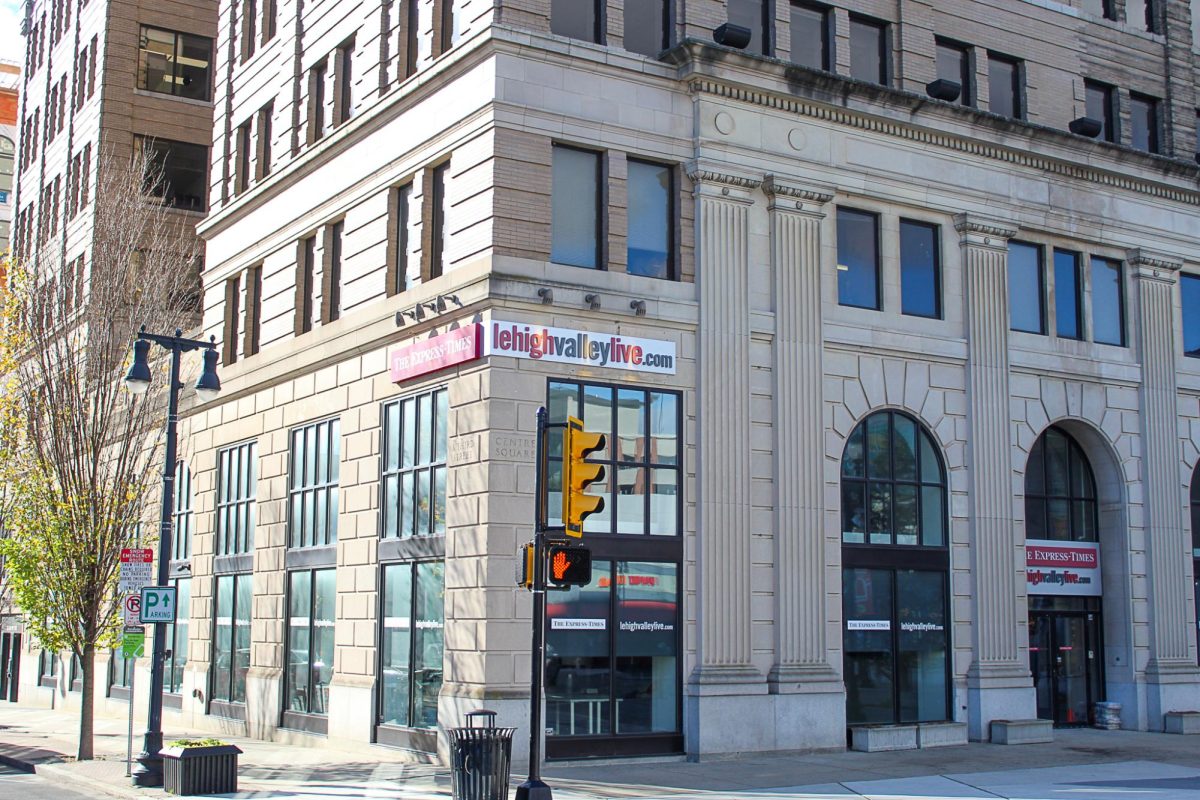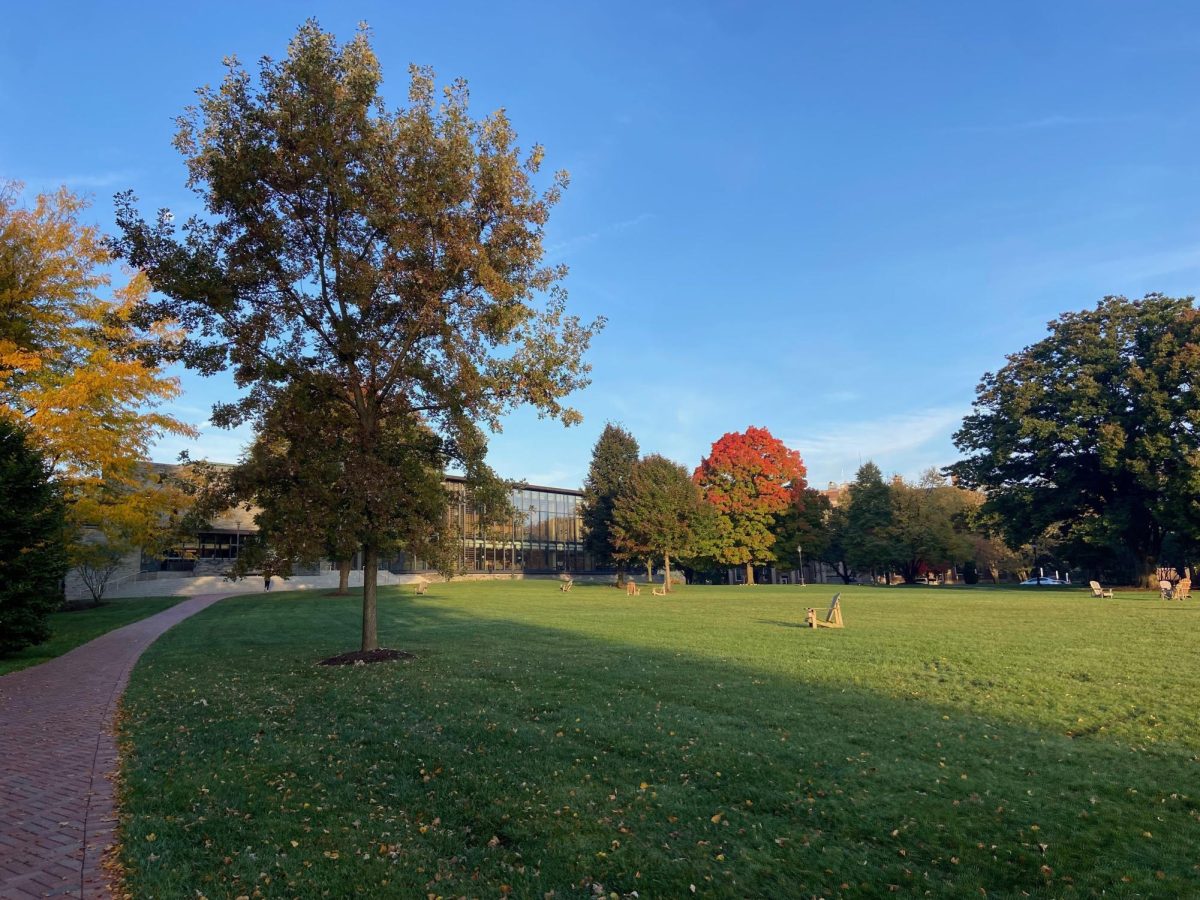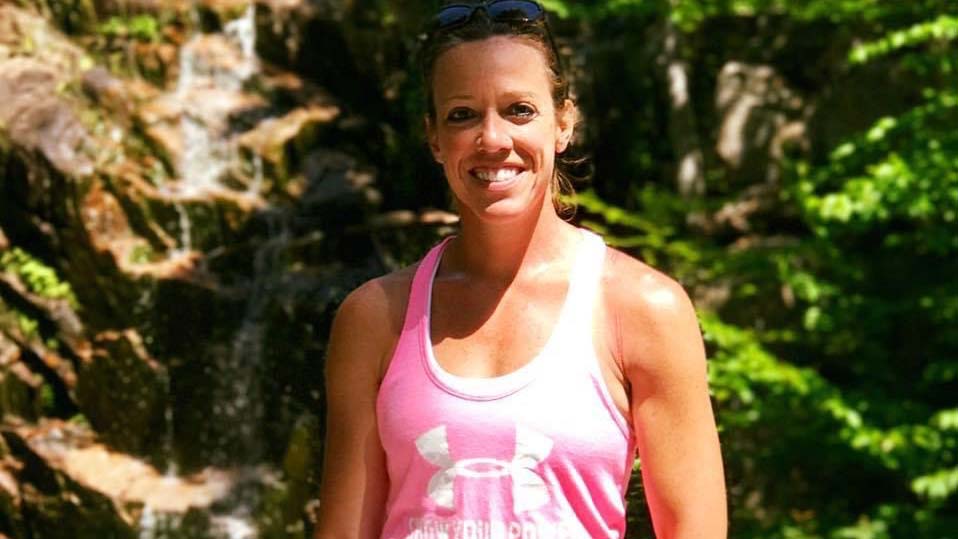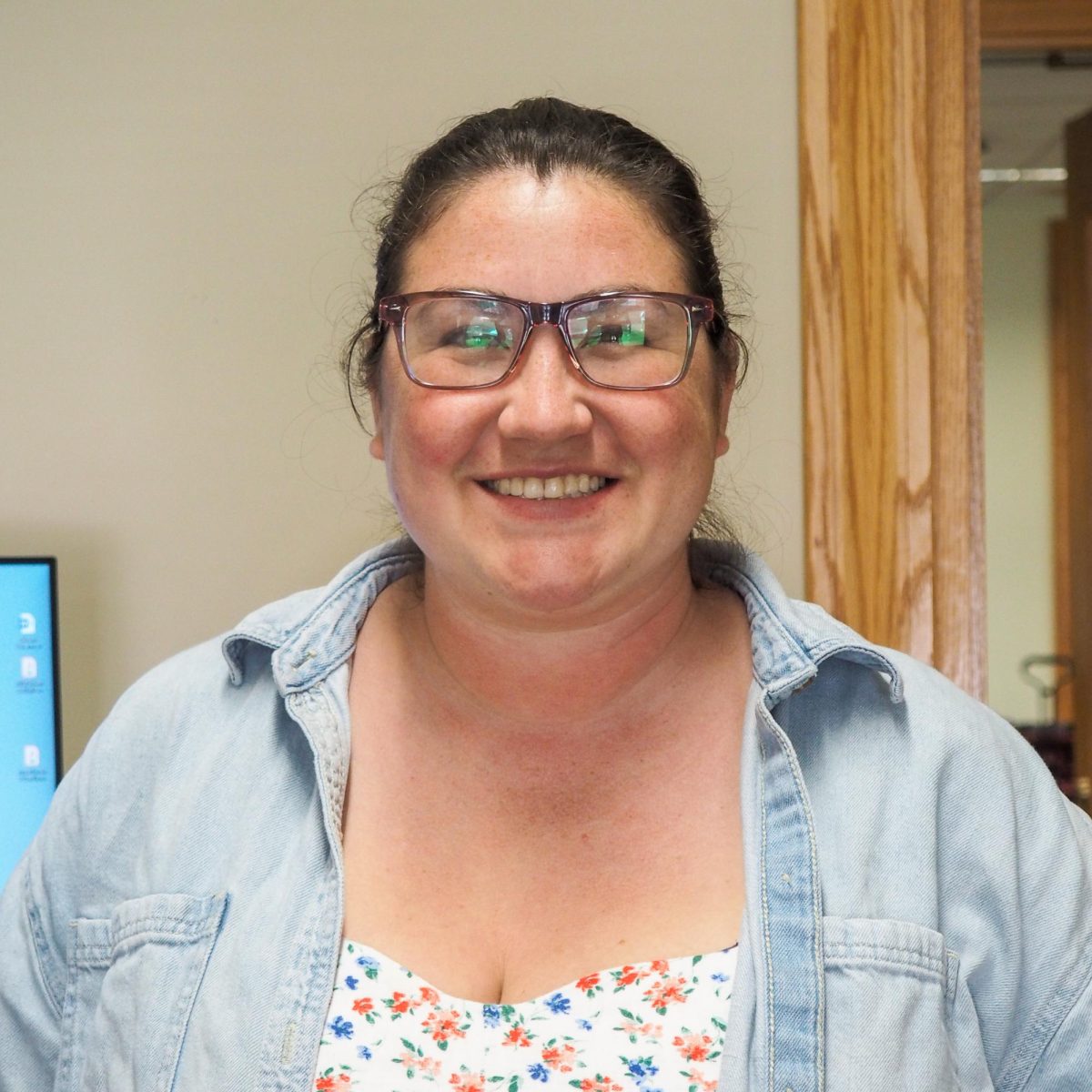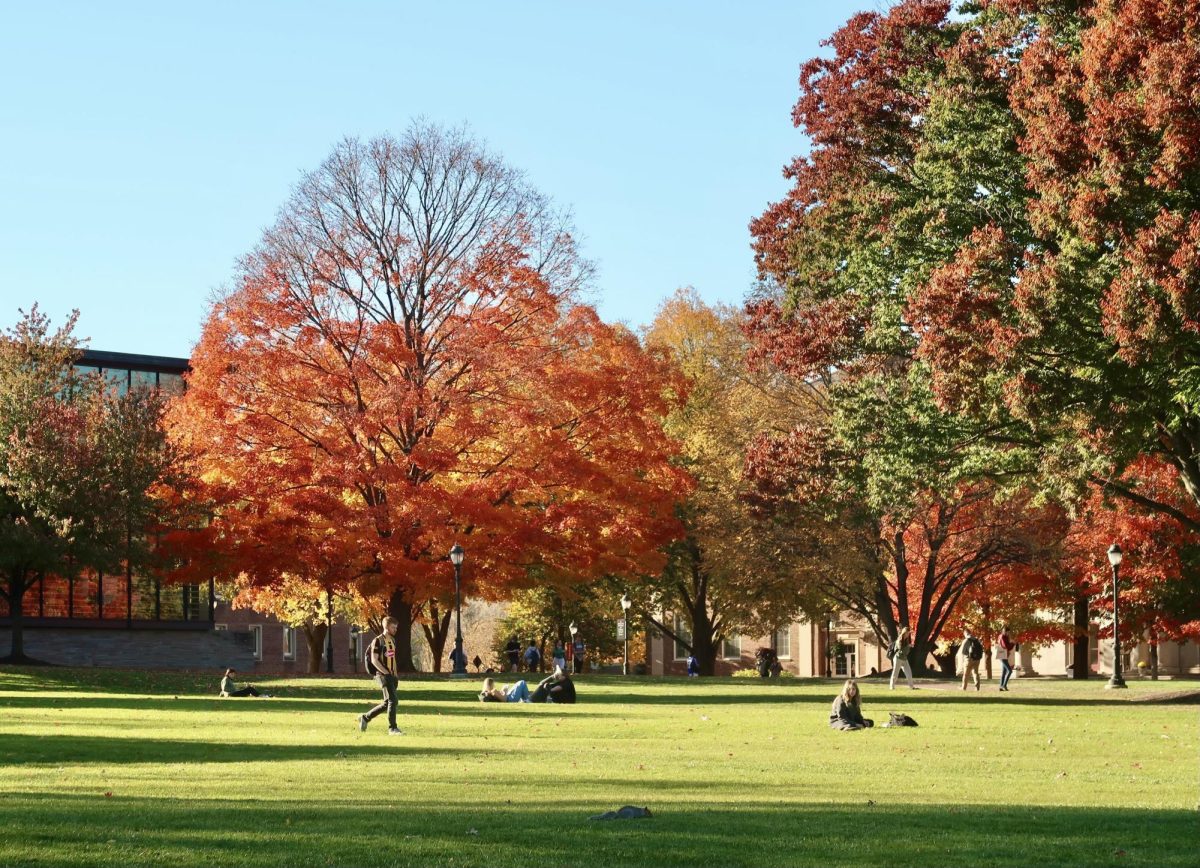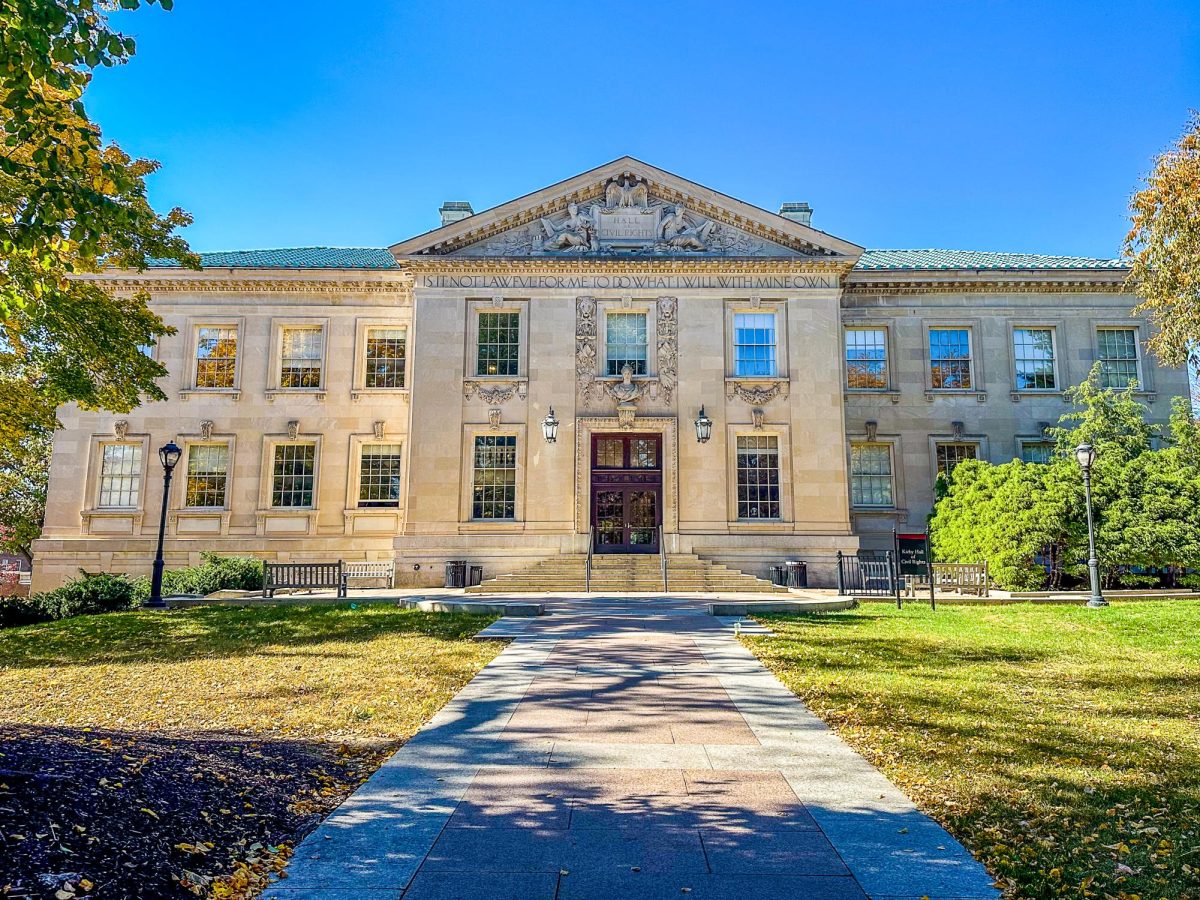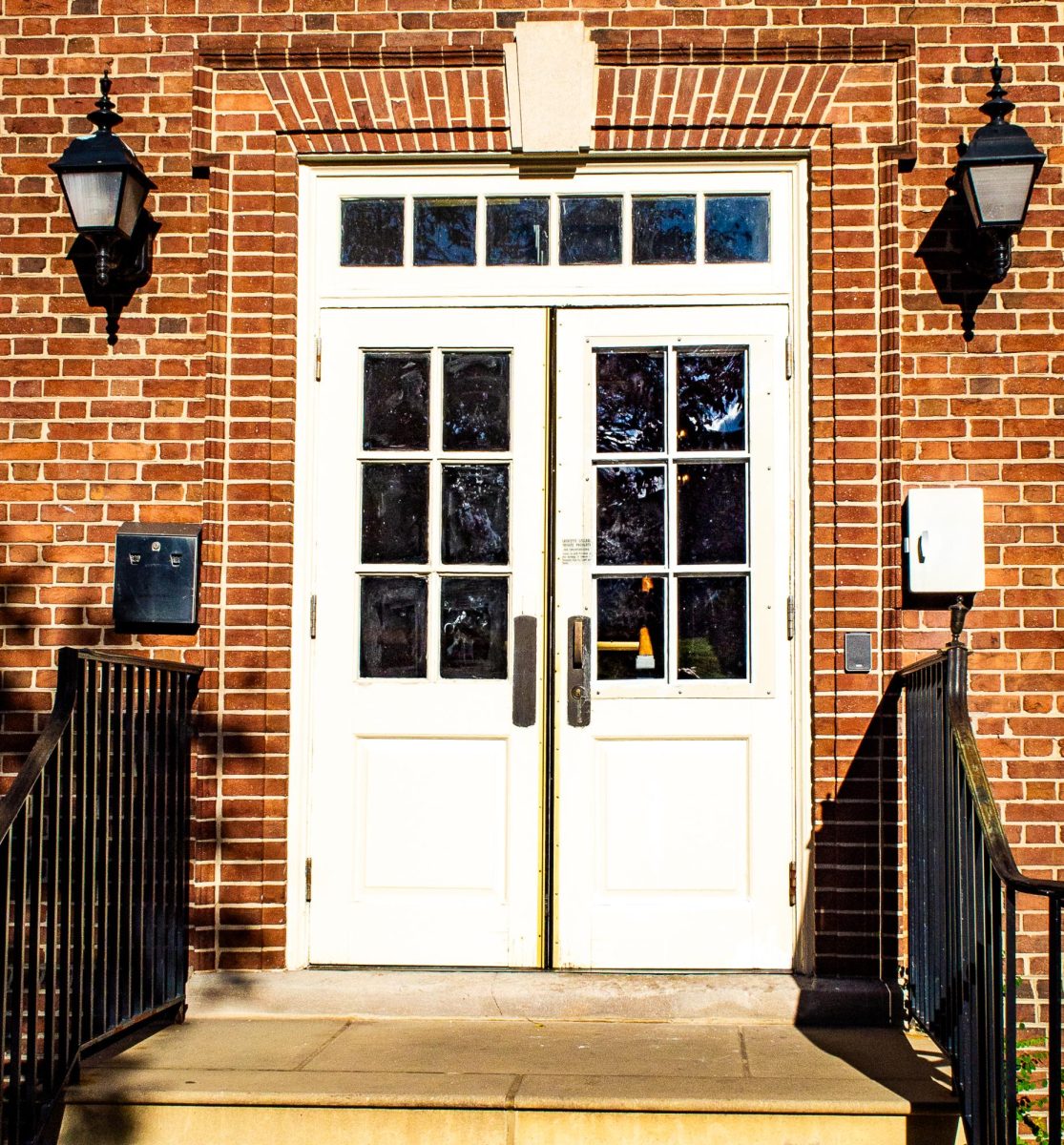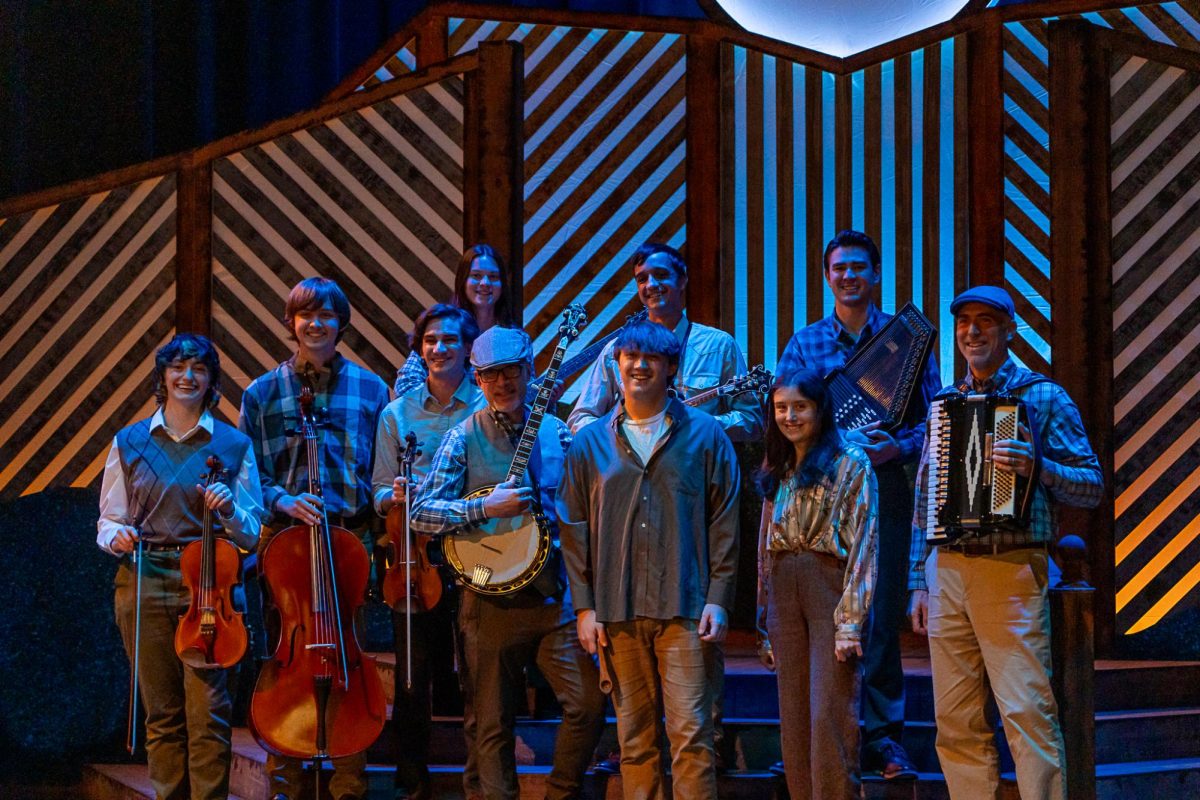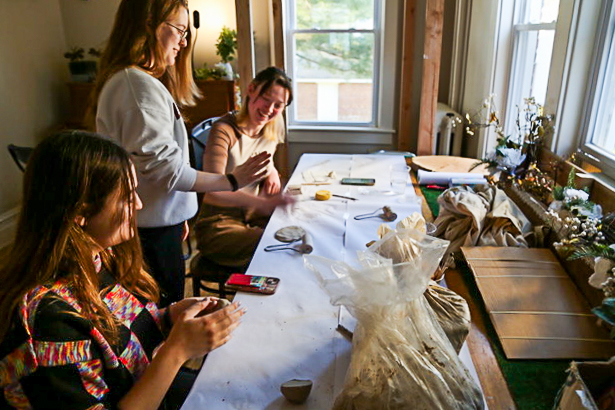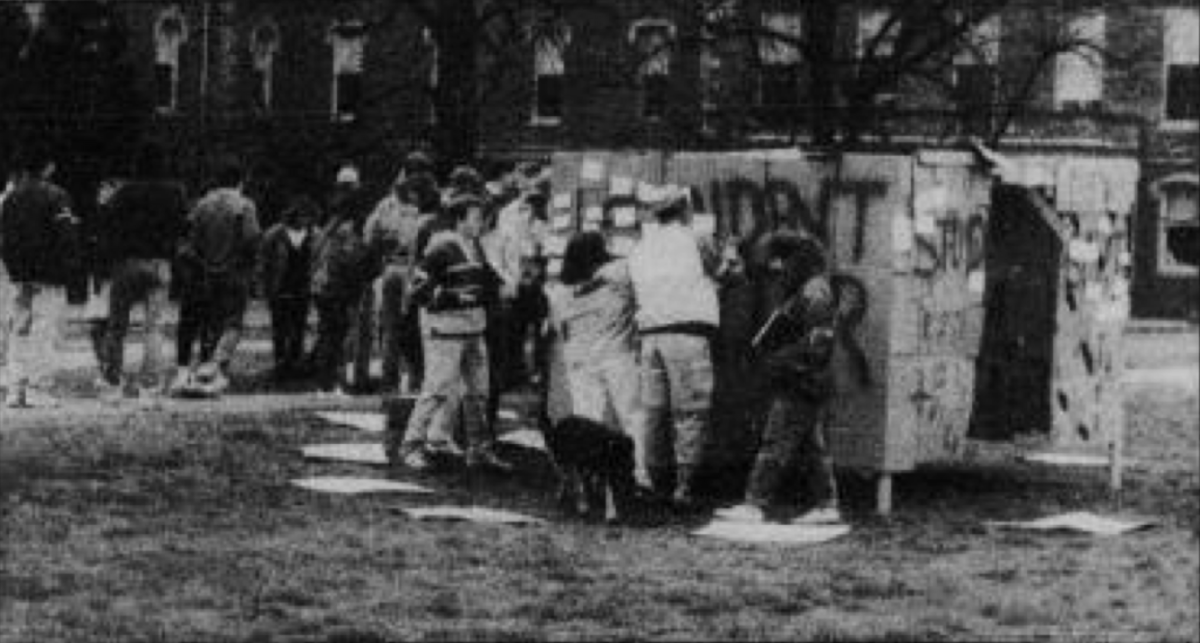On Nov. 8, I volunteered at LaFarm and I was working alongside the LaFarm Apprentice Jane McKenney. We worked in the strawberry fields, which are perennials and are planted with the aim to harvest them in the spring. This process is called overwintering, which means LaFarm plants the strawberries prior to the first frost so they can acclimate to the environment so they don’t die in the cold.
Since they are rooted in the ground, once the weather warms in the spring, the strawberries can produce fruit early. While weeding the strawberries, I noticed that there was a flower. I asked McKenney if that was a weed, and she was dumbfounded, as the plant was blooming in November. Lately, the weather has been unusually warm. Easton has seen temperatures in the mid-70s, and on Nov. 8, the high was 72 F. According to Reuters, 2024 is the hottest year on record, and 2024 is the first year that the planet is 1.5 degrees Celsius hotter than the pre-industrial period 1850-1900.
McKenney explained that since the first frost has already happened, the plants are likely confused with the weather and are starting to bloom now. This means that these strawberries may not survive the winter or produce significantly less fruit in the spring. She mentioned this isn’t the only unusual response to the weather; thistle, a weed that grows abundantly in hot weather, is all over LaFarm in November.
Here at LaFarm, we are seeing first-hand effects of climate change.
Sam Semsel ’25 is a government and law major who volunteers with LaFarm.

